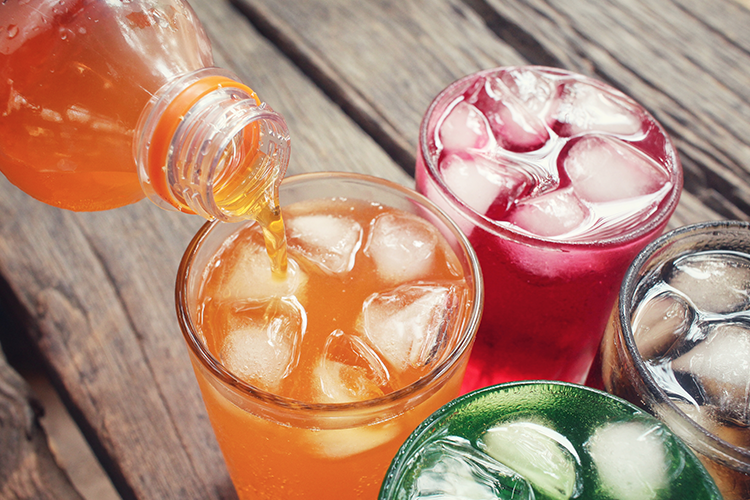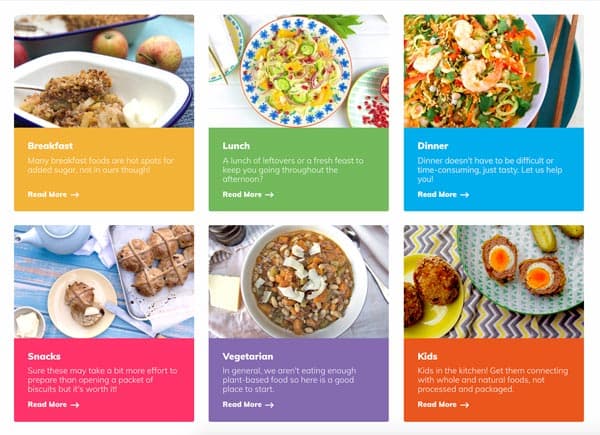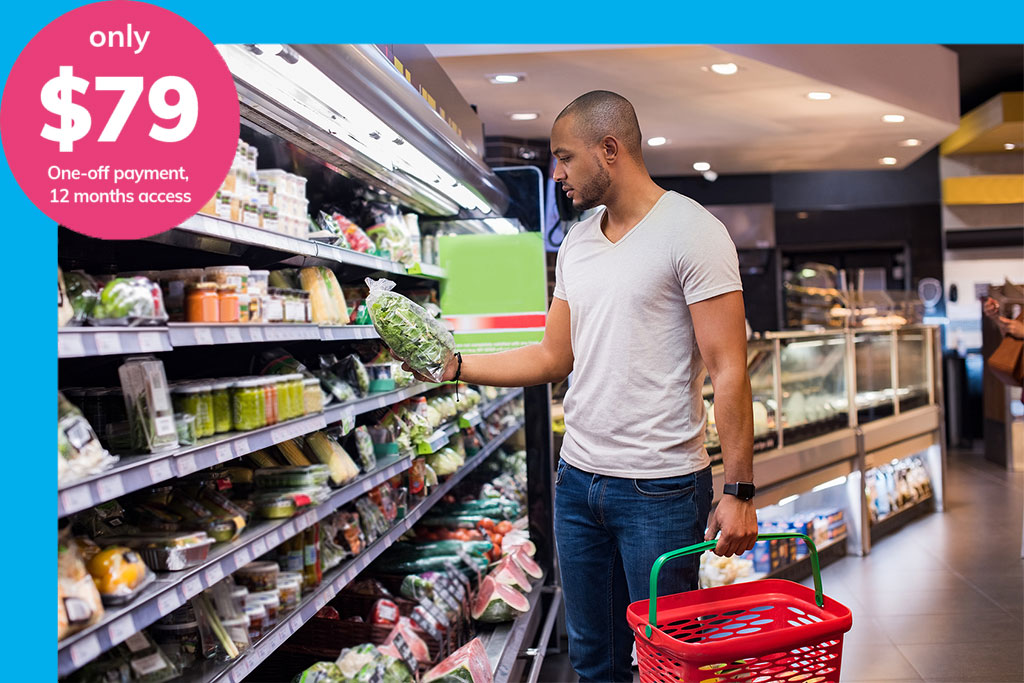Blog
Excess fructose and insulin resistance – a new connection

We are seeing a rise in the incidence of insulin resistance, type 2 diabetes and metabolic disease globally. In 2015, 1 in 11 people around the world had a form of diabetes (and those are only the ones we know about!).1
In Australia, there are 1.7million known cases of diabetes, with 85% being type 2 diabetes.2 And as we know, complications can include loss of eyesight, being on dialysis, and amputation if left unchecked.3 Not fun.
Many medical professionals and researchers understand that there is a strong connection between diet and lifestyle choices and development of the condition.
Moving little and eating much seems to correlate with metabolic dysfunction, and lack of sleep, stress and genetics can also have a role to play. Let’s just say smashing 5 Coke’s, 3 Mars bars, a bowl of Nutri-Grain, and polishing off a plate of deep fried sausage ‘n’ chips each day can’t be helping anyone’s body function optimally.
The chronic and high intake of free sugars and nasty trans-fats can lead to high and fluctuating blood glucose levels and increased production of inflammatory cytokines and free radicals. This is believed to contribute to altered insulin signaling and sensitivity, excessive inflammation, and tissue damage throughout the body.4-5
However, new research has found a completely different mechanism in which excessive free sugar – specifically fructose – consumption can contribute to excess glucose production and insulin resistance, and may change the way future treatment is developed.
The liver and a protein molecule
New research published in the Journal of Clinical Investigation has found a process separate from altered insulin signaling and sensitivity that may lead to insulin resistance. This process seems to be related to the activation of a molecule called carbohydrate-responsive element-binding protein (ChREBP), found in organs such as the liver of mammals, including humans and mice.6
Researchers found ChREBP is activated in the liver in the presence of high levels of fructose. And when activated, ChREBP stimulates endogenous glucose production. This in turn causes the amount of glucose in the blood to rise, despite insulin being produced by the pancreas in an attempt to curb the glucose levels.
“For the past several decades, investigators have suggested that there must be a problem in the way the liver senses insulin, and that is why insulin-resistant people make too much glucose,” senior study author, Mark Herman said. “We found that no matter how much insulin the pancreas made, it couldn’t override the processes started by this protein, ChREBP, to stimulate glucose production. This would ultimately cause blood sugar and insulin levels to increase, which over time can lead to insulin resistance elsewhere in the body.”
The researchers used mice that had been genetically modified so their liver would not produce glucose – yet when fed fructose, ChREBP was activated, and glucose production was stimulated regardless of insulin’s suppressive efforts!
The researchers also tested the effect in human liver cells with similar results.
Fatty liver and insulin resistance
Another interesting point to come from the research may have us rethink the connection between fatty liver and insulin resistance.
It has previously been thought high consumption of fructose, in the form of sugar-sweetened beverages for example, leads to fatty liver, and consequently liver dysfunction and insulin resistance. However, this research implies that the fatty liver and the increased production of glucose are both symptoms of chronic activation of the ChREBP molecule.
Regardless, if you keep glugging the Sprite and Mountain Dew, it seems the liver will get fatty, and insulin resistance will come. So limit your intake of added sugars – whether sucrose, glucose, fructose or otherwise – to 6 teaspoons a day!
Free form fructose
So, fructose occurs naturally in fruit and veg, right? Does this mean leaving apples and carrots at the door? Heck, no!
Sure, ChREBP is activated following ingestion of fructose – whether naturally occurring in fruit and vegetables, or in an added form like that in soft drinks or processed foods.
However, consuming the small amounts of fructose in veg and fruit is not something to be overly concerned with, as these foods also contain fibre and a raft of other phytochemicals that slow absorption, and offer goodness like antioxidants to the body.
On the other hand, knocking back high amounts of fructose in its added, free form is not such a good idea – and this is when the activation of ChREBP becomes a real issue.
Interesting stuff!
It is a fascinating time to watch as science continues to unveil the complexity of the human body and its reactions and interactions with what we eat and drink.
By Angela Johnson (BHSc Nut. Med.)
References:
- International Diabetes Federation 2016, Diabetes: Facts and Figures, viewed 6 October 2016, <http://www.idf.org/about-diabetes/facts-figures>
- Colberg, SR, Sigal, RJ, Fernhall, B, Regensteiner, JG, Blissmer, BJ, Rubin, RR, Chasan-Taber, L, Albright, AL, & Braun, B 2010, ‘Exercise and type 2 diabetes: the American College of Sports Medicine and the American Diabetes Association: joint position statement’, Diabetes Care, vol. 33, no. 12, pp. e147-e167.
- Diabetes Australia 2015, Diabetes in Australia, viewed 11 July 2016, <https://www.diabetesaustralia.com.au/diabetes-in-australia>
- Gropper, SS & Smith, JL 2013, Advanced Nutrition and Human Metabolism, 6th, Wadsworth, Cengage Learning, Belmont CA
- Hechtman, L 2012, Clinical Naturopathic Medicine, Churchill Livingstone, Chatswood, N.S.W
- Kim, M Krawczyk, SA Doridot, L Fowler, AJ Wang, JX Trauger, SA Noh, H Kang, HJ Meissen, JK Blatnik, M Kim, JK Lai, M Herman, MA 2016, ‘ChREBP regulates fructose-induced glucose production independently of insulin signaling’ Journal of Clinical Investigation, vol. 126, no. 11.











